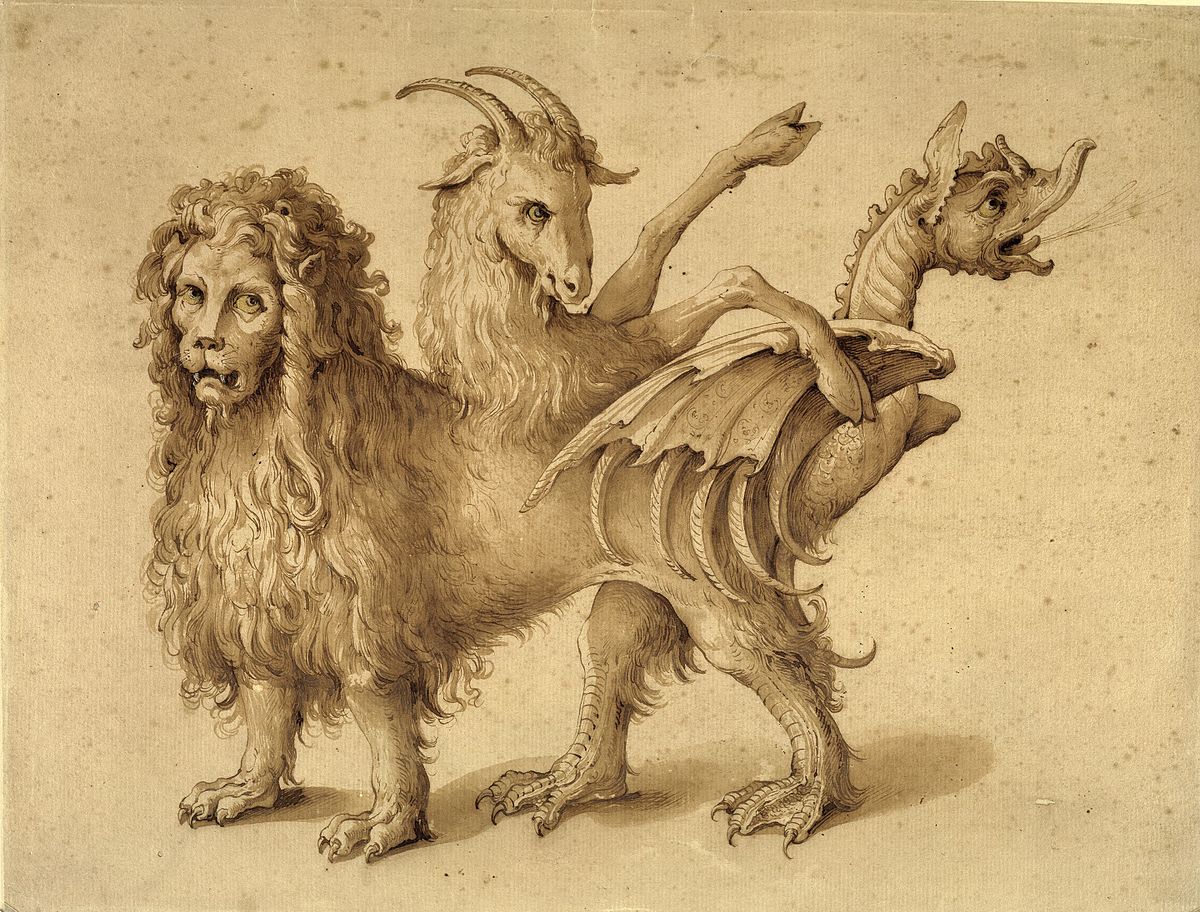The belief that a child is always a part of you is quite literally at the cellular level in a mother’s body tissue.
“As early as the second week of pregnancy, there is a two-way flow of cells and DNA between the fetus and the mother. Cells containing DNA from the fetus cross the placenta and enter the mother’s blood circulation, while cells from the mother cross in the opposite direction and transfer into fetal circulation. Most of the cells coming from the fetus are destroyed by the mom’s immune system, but some persist and become embedded in various organs, and become a part of the parent.

Chimera, according to Greek mythology, was a monstrous fire-breathing hybrid creature, composed of different animal parts. Usually depicted as a lion, with the head of a goat protruding from its back, and a tail that ends with a snake’s head.
This phenomenon is called microchimerism, from the word “chimera,” referring to a mythical creature made from parts of different animals.
How long does microchimerism last? …The fetal cells have been found to stay in the mother’s body beyond the time of pregnancy, and in some cases for as long as decades after the birth of the baby. The mom’s cells also stay in the baby’s blood and tissues for decades, including in organs like the pancreas, heart, and skin. In some cases, even cells from maternal grandmothers – acquired during a mother’s own gestation – can be transferred to the fetus. Because some fetal cells stay in the mom’s body for years, they are also sometimes transferred to future brothers and sisters of the first child. In this way, older siblings can contribute their cells to those of their younger siblings.
What happens to these fetal cells once they reach mom’s body? Some studies show that fetal cells are beneficial to moms, and help in healing maternal wounds – interestingly, in mice, fetal cells actively journey to the site of injury. Furthermore, these fetal cells have been found in the healed scars following caesarian section and actively participate in the healing process by producing various skin components, like collagen. The fetal cells in the mother can also transform into cells needed by the mother, including brain cells, heart cells, and various cells of the immune system…
Regardless of the reasons behind it, what is certain is that mothers and their children carry a piece of each other for many years following pregnancy and birth.” – Katya Orlova